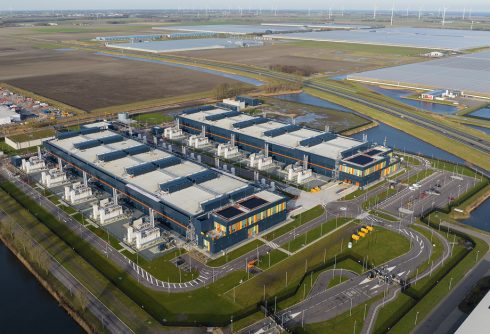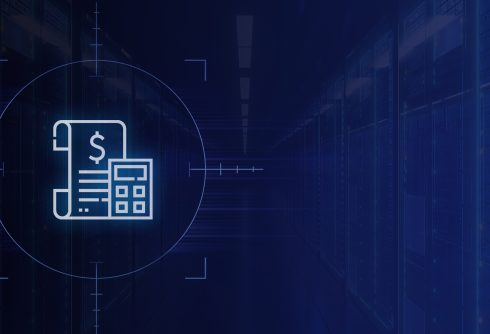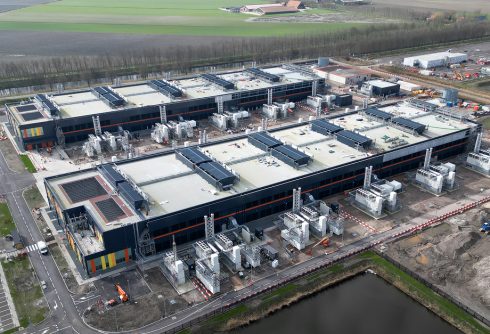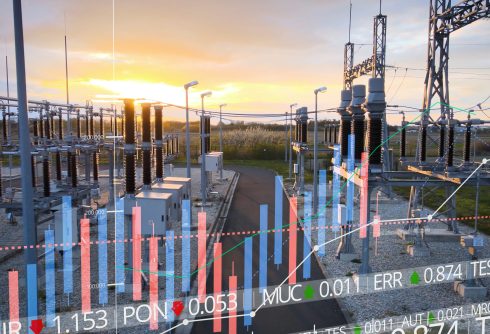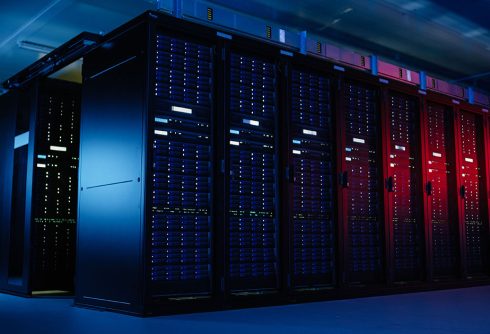The energy landscape is undergoing a seismic shift. Across the globe, power grids originally designed to support predictable, one-way electricity flows are now being pushed to their limits. The rise of renewable energy sources, growing electrification efforts, and the proliferation of high-demand applications like data centers and AI computing have created a pressing need for smarter, more adaptive infrastructure. At the core of this transformation lies the transformer, a critical component that must evolve to meet the demands of modern energy systems.
Today, many transformers are decades old, built in an era when grid loads were simpler and more predictable. In the United States alone, a significant portion of installed transformers are over 40 years old, operating beyond their intended lifespan. These legacy systems struggle to manage the complex, bidirectional power flows generated by distributed energy resources such as solar panels and wind farms. The result? Increased energy losses, higher operational costs, and greater risks of grid instability.
As utilities, renewable energy developers, and industrial power users look to modernize their infrastructure, smart transformers are emerging as a vital solution. Equipped with advanced sensors, real-time communication capabilities, and self-regulating features, these next-generation transformers provide the flexibility and efficiency required to integrate renewable energy sources and optimize power distribution.
Why Legacy Transformers Are Holding Back Grid Modernization
The power grid is the backbone of modern society, yet its infrastructure is outdated and increasingly inadequate for today’s energy demands. Transformers, essential for regulating voltage and ensuring efficient power transmission and distribution, have become a critical point of concern.
Aging Transformer Fleet
The majority of transformers installed during the grid’s mid-20th-century buildout were designed for stable, predictable energy flows from centralized power plants. However, these legacy systems are now being asked to manage fluctuating loads from diverse sources like solar panels, wind turbines, and electric vehicles. Over time, the wear and tear on internal components reduces performance and increases the risk of failures. Upgrading to modern, smart-grid-compatible transformers is essential to prevent these aging assets from becoming liabilities.
Operational Inefficiencies
Legacy transformers often suffer from significant energy losses due to outdated materials and designs. High energy dissipation, particularly in transmission and distribution systems, results in avoidable costs for utilities and end-users alike. Compounding this issue is the reliance on manual monitoring and maintenance practices. In older systems, operators must conduct periodic site visits to inspect equipment—a time-consuming process that increases labor costs and leaves room for undetected issues. Modern transformers with real-time monitoring capabilities can substantially reduce these inefficiencies.
Growing Complexity of Modern Grids
The energy landscape has evolved dramatically with the rise of distributed generation, where power is produced closer to the point of consumption. Rooftop solar panels, wind farms, and battery storage systems introduce variable power flows that legacy transformers were never designed to handle. As utilities strive to maintain grid stability amid fluctuating energy inputs, the need for dynamic, responsive transformers becomes increasingly apparent. Smart transformers, equipped with automated control systems, can adapt to these shifting loads and ensure consistent power quality.
The challenges posed by aging transformer infrastructure are not just technical—they also threaten the broader energy transition toward renewable sources and grid digitization. Utilities that delay modernization efforts risk higher operational costs, reliability issues, and missed opportunities to integrate cleaner energy sources. In the next section, we’ll explore how smart transformers are uniquely positioned to address these challenges and support the development of more intelligent, resilient power grids.
Transformers for The Smart Grid
The growing complexity of today’s power systems has given rise to the concept of smart grids—dynamic, data-driven energy networks capable of optimizing electricity distribution in real time. Unlike traditional grids, which operate on fixed patterns and manual oversight, smart grids use advanced sensors, automation, and predictive analytics to manage power flows with remarkable precision.
Defining Smart Grids
A smart grid is an electricity network that uses digital technology to monitor, manage, and distribute energy more efficiently. By collecting real-time data from across the grid, these systems can adapt to fluctuations in demand, integrate renewable energy sources, and respond proactively to potential disruptions. This responsiveness enhances grid stability, reduces energy losses, and helps utilities deliver reliable service under increasingly complex conditions.
The Transformer’s Role as the Grid’s Backbone
Transformers have always been essential for managing voltage levels and ensuring efficient power transmission. However, traditional transformers were designed for unidirectional power flow—from centralized plants to end users. With the advent of distributed generation from solar panels, wind farms, and battery storage systems, transformers must now handle bidirectional power flows. Smart transformers, equipped with advanced communication capabilities, can adjust voltage levels on the fly, optimize power delivery, and support decentralized energy production.
Practical Steps for Utilities to Transition to Smart Grid Infrastructure
Transitioning from legacy infrastructure to smart-grid-compatible systems is no longer optional, it’s essential for meeting the evolving demands of modern energy systems. As renewable energy adoption accelerates and electrification expands across industries, utilities must act proactively to upgrade their transformer fleets and modernize their grids. Here are five key strategies utilities can implement to facilitate a smooth and efficient transition:
1. Conduct Comprehensive Infrastructure Audits
The first step in a successful transition is to assess the existing infrastructure. Utilities should conduct detailed audits of their transformer fleets to identify aging, inefficient units that may impede grid performance. By cataloging transformer specifications, performance history, and maintenance records, utilities can prioritize replacements and upgrades.
• Key Action: Utilize digital twin technology to simulate grid performance with upgraded transformers.
• Benefit: Improved understanding of grid vulnerabilities and optimization opportunities.
2. Invest in Smart, Grid-Compatible Transformers
Smart transformers are the foundation of modern energy grids. These devices are equipped with advanced sensors, real-time communication capabilities, and automated control systems. When selecting new transformers, utilities should prioritize models designed for compatibility with smart grid infrastructure.
• Key Action: Partner with manufacturers offering transformers that comply with standards like IEEE, ANSI, and EcoDesign Tier 2.
• Benefit: Enhanced grid flexibility, reliability, and operational efficiency.
3. Diversify Transformer Supply Sources
Transformer shortages have underscored the risks of relying on a limited number of suppliers. Supply chain diversification is crucial for ensuring consistent equipment availability, even during global disruptions.
• Key Action: Establish relationships with suppliers operating in different geographic regions. For instance, with a presence in Europe, Asia, and North America, Northfield Transformers provides clients with resilient, multi-source supply options.
• Benefit: Reduced lead times and improved delivery reliability.
4. Adopt Predictive Maintenance Technologies
Traditional maintenance schedules often lead to reactive repairs and unplanned outages. Predictive maintenance, enabled by smart transformers with embedded sensors, allows utilities to monitor equipment health in real-time and address potential failures before they occur.
• Key Action: Integrate condition-based monitoring systems across transformer fleets.
• Benefit: Extended equipment lifespan and reduced operational costs.
5. Collaborate with Experienced, Future-Focused Partners
Grid modernization is a complex, long-term endeavor that benefits from strategic partnerships. Utilities should seek out experienced suppliers and consultants who understand the technical and logistical challenges of transformer upgrades.
• Key Action: Engage with firms like Northfield, which combines industry expertise with innovative manufacturing and supply chain capabilities.
• Benefit: Streamlined, reliable implementation of smart-grid-compatible solutions.
As utilities navigate the transition to smart grids, these strategies provide a practical roadmap for success. In the next section, we’ll explore how these efforts contribute to a more resilient, efficient, and sustainable energy future.
Learn More
Northfield fosters continuous innovation to transform the energy infrastructure industry by providing unrivaled, end-to-end global procurement, logistics, and production management for energy components.
At Northfield Transformers we leverage our distinguished capabilities in logistics and production management to rapidly supply mission-critical, high-quality energy infrastructure equipment across the globe.

